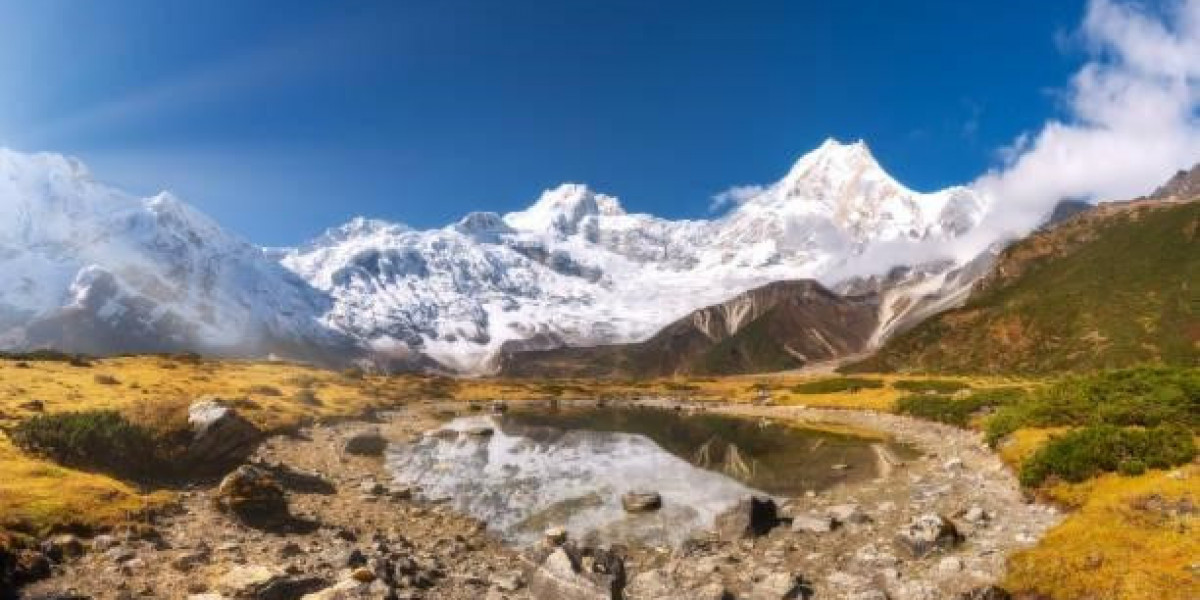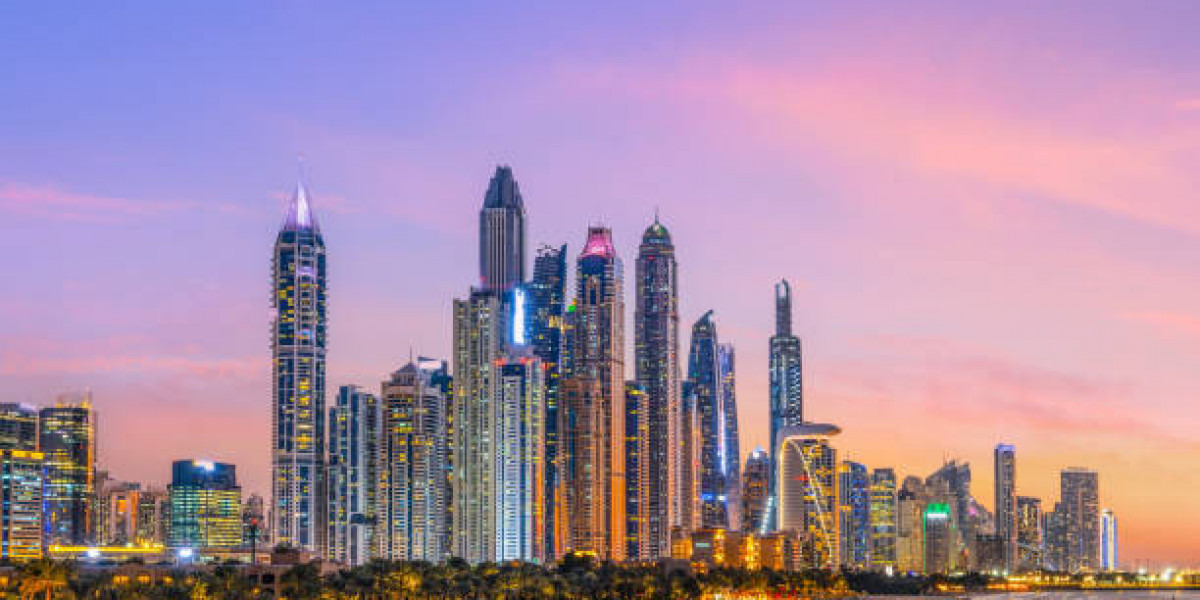Manaslu Circuit Trek is a ground-shaking nature-traveling route in Nepal. It is the trek that goes around Mount Manaslu, the world’s eighth tallest peak, and is filled with the beauty of the deep valleys, the rivers’ freshness, the high passes, and the charming villages.
On the other hand, weather can become a threat to the safety of the trek. They can be victims themselves to the cold and the heavy snow or simply beaten by tiredness the following day. A sudden snowstorm at some high pass, a chilly wind... these are just a few of the weather risks which Manaslu circuit trek faces.
The point is that these risks are directly addressed with the weather. If you know how the weather can be on the trek you can somehow devise ways to handle these threats. One of these means is definitely going through weather conditions related to the route first. Knowing weather risks before starting the journey is actually half of the success. If one knows how snowing, raining, cold, storm coming, or sudden cooling can influence their trek, then staying safe and having the trip of their life will happen. Here we will present the weather risks that you can get in the Manaslu circuit trek in a very simple way, as if we were talking to a beginner or a kid.
Weather on the Trek
Manaslu Circuit Trek is quite a diverse one in terms of weather due to the varying altitudes it passes from. The trek route itself is about 600 meters in the lower valleys, to 5,160 meters at Larkya La Pass. Consequently, the weather is subject to change significantly. This also implies that the villages at the foot of the mountains are warmer and generally of the green visual aspect, whereas the inhabited areas at the top are cold and could be covered with snow or gusty winds.
There are four seasons in Nepal, which range into spring, summer (monsoon), autumn, and winter. In each season, different kinds of weather challenges are there for trekkers to face. Recognizing these seasonal cycles is essential to the safe trek plan.
Spring Weather (March to May)
One of the main reasons is the Spring season when it comes to Manaslu Circuit trek. Normally, the weather is clear and the sky is blue. Apart from that, the mountains are snow-covered and fully visible. The lower valley turns into a beautiful green with the rhododendron forests blooming in their red, purple, yellow, and silver colors.
And what matters to be said about it is that even the weather is truly unpredictable during spring. Rain showers could show up out of the blue in the lower regions making the trails slippery. Cold snow might be still lying on high trekking routes, particularly in the first days of March. Trekkers should be in possession of waterproof shoes, warm clothes, and temperature changes' tolerant layers.
Also, in spring, trekkers need to keep an eye on cold nights at right high altitudes, so as not to get hypothermia when they still stay warm.
Summer and Monsoon Weather (June to August)
The region experiences monsoon rains during summer which is considered as an inopportune time for trekking. At first slow and steady rainfalls come to the lower and middle parts of the trail, then it becomes heavy and the trail is flooded with water. Rivers and streams grow in volume and the crossing becomes risky. The area is suffering from landslides which have been made more frequent due to the heavy rains.
Moreover, the highest points of a mountain are not safe from rain either, and there they could have rain, hail and fog which blocks the sight and increases the risk of slipping. Bridges might be damaged and hence the trekking here could be delayed or stopped altogether.
The night monsoon is cold and damp and thus it increases the risk of catching cold, flue or infection. Mosquitoes are more common in lower valleys and that can cause discomfort. For these reasons, trekking during monsoon is considered risky and is usually recommended only for experienced trekkers who are prepared for rain, landslides, and delays.
Autumn Weather (September to November)
Another safe and widely-traveled season of Manaslu Circuit trek is Autumn. After the monsoon, the weather gets better, the sky is clear, and rivers return to their normal levels. The season means perfect conditions for trekking with clear views of the mountains which is good for the tourists and walking is pleasant too.
The trails are usually dry and safe, and the temperature is moderate. While the lower regions are green, the higher ones have fresh air without heavy snow. Autumn is referred to as the best season in general for beginners as well as seasoned trekkers.
Even in autumn, trekkers should be aware of the cold during the night at higher altitudes, particularly over 4,000 meters, and sudden weather change like strong winds or slight snow at high passes.
Winter Weather (December to February)
The coldest time of the year is winter on the Manaslu Circuit Trek. Walking paths that are near the Larkya La Pass, for instance, can be deep with snow and are thus slippery, additionally the wind can become very strong and chilling. At night temperatures drop below -10 to -20°C which in turn makes frostbite and hypothermia risks go higher.
The valleys down giving a relatively milder climate, however, snow can make the trail difficult at high altitudes. Tea houses may have to be closed due to a lack of visitors or can provide limited services that make it harder to plan. People who are going to venture out in winter need to have extra warm clothes, sleeping bags, and gear to counter the cold.
People who have never been on a winter trek and are thinking of taking that route should know that such an undertaking requires skills in snow hiking, navigation, as well as handling extreme cold. The advice for novices is to steer clear of the cold months.
High-Altitude Weather Risks
One of the most important elements related to weather risks is altitude.
With the climbers going beyond the 3,000 meters mark the air gets less and less and the cold is getting greater. No matter what safer seasons can be, the extremes, such as a quick snowstorm, or wild winds can always be there on the highest points that have to be taken into consideration.
Wind chill at a mountain pass can make the temperature feel far colder than it really is. A person is exposed to the wind or a sudden snow and thus hypothermia can come out in a case if the person isn't properly dressed with warming gear.
The mountain is known for the abrupt weather changes time and again. The sun may be shining, but within moments, the clouds may cover the peaks and rain, snow, or fog may follow. All of these sudden switches may lessen visibility, make the ground slippery, and the chance of injury higher.
Rain and Landslide Risks
The main weather risk is definitely heavy rain, particularly during the monsoon and early spring period. In addition to making the trail slippery and muddy, rain also slows down the journey and makes crossing rivers risky. Through the process of earth and water interactions, the rain has the potential to block the trail with landslides or destroy it by streaking away the wood, thus leaving the area completely without any link or transport routes and scarcely accessible people.
Therefore, trekkers should constantly be on the alert for weather changes and plan their upcoming steps accordingly so as to be in the safest conditions. Guides are very important in this case because they not only know about the safe routes but are also conversant with the signs of a landslide and the locations of the alternative routes.
Cold and Frostbite Risks
Cold is yet another major weather factor, which can be very harsh and brisky during fall, winter, and at the higher regions of a mountain. Frostbite is a situation when fingers, toes, and exposed skin get frozen and can happen in sub-zero temperatures if they aren’t well protected.
Hypothermia is a life-threatening situation that can occur if people are wet, wind-exposed, or insufficiently dressed in terms of layers. Proper outerwear, headgear, gloves, and sleeping bags are indispensable if one wants to keep safe in a cold environment.
Fog and Low Visibility
Coming upon fog is not a rare thing for mountain areas and in addition, it is a morning phenomenon, or it can occur during rain or snow as well. Being low in visibility makes traveling a risky venture since it becomes hard to find paths, steep cliffs, or even sections for rivers to be crossed.
Performers should lessen their pace, be accompanied by guides, and stay away from risky paving when the visibility is bad. Coupled with slippery paths, fog brings down the possibility of falls or losing one's way even further.
Preparing for Weather Risks
First of all, trekkers should not ignore weather forecasts and always make a point of checking them before starting a trek and also during it. Secondly, the team should be on the ball in regard to what they carry and this means they should not miss having waterproof outfits, warm clothes in layers, and a pair of good trekking boots. Thirdly, getting experienced guides who are familiar with the route and know the local weather patterns is an added advantage. Fourthly, high seasons like spring and autumn are the best time to plan the trek. Fifthly, having a delay due to a snow or rain-covered trail drilling has to be put in the timetable when planning the trip. Sixthly, monitoring how one's health is and being accustomed to high-altitude areas are of great importance to help prevent altitude sickness.
Preparation plans the impact of weather and makes the trek a safer and more enjoyable one.
Conclusion
Weather is among the top factors that determine how safe and comfortable the Manaslu Circuit Trek would be. The courses go through low valleys, dense woods, high passes, and remote villages, where weather conditions tend to change rapidly.
Clean and safe weather can be expected during spring (March to May) and autumn (September to November) when the sky is clear, temperatures are moderate, and trails are stable. We can say that the situation gets even worse during monsoon (June to August), when the risk of floods, slippery ways, and landslides is present, and also during winter (December to February), when snow, ice, extreme cold, and frozen trails are the main problems.
Besides, the high-altitude dangers include sudden snowstorms, strong winds, cold nights, and low oxygen levels. Moreover, trekkers should be alert of fog, slippery trails, and river crossings during heavy rain.
Manaslu Circuit could be realized in a safe way through the use of different methods like selecting the appropriate period for the trek, wearing proper clothing, hiring a guide, and always being prepared for the changing weather. While weather can be challenging, careful planning allows trekkers to experience the stunning mountains, vibrant villages, and cultural richness of this incredible trekking route.








